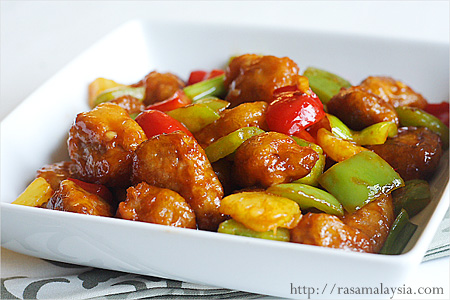Korean Food
Korean cuisine originated from ancient agricultural and nomadic traditions in the Korean peninsula and southern Manchuria, and has evolved through a complex interaction of environmental, political, and cultural trends. Korean cuisine is largely based on rice, noodles, tofu (in Korean, dubu), vegetables, and meats. Traditional Korean meals are noted for the number of side dishes (banchan)that accompany steam-cooked short-grain rice. Kimchi is usually served at every meal. Commonly used ingredients include sesame oil, doenjang (fermented bean paste), soy sauce, salt, garlic, ginger, pepper flakes and gochujang (fermented red chili paste). Ingredients and dishes vary by province. Many regional dishes have become national, and dishes that were once regional have proliferated in different variations across the country. The Korean royal court cuisine once brought all of the unique regional specialties together for the royal family. Meals are regulated by Korean cultural etiquette.
Banchan
Banchan is a term referring collectively to side dishes in Korean cuisine. Soups and stews are not considered banchan. Bulgogi, a grilled Korean dish; the meat and vegetables shown here have not yet been grilled. Gui are grilled dishes, which most commonly have meat or fish as their primary ingredient, but may in some cases also comprise grilled vegetables or other vegetable ingredients. At traditional restaurants, meats are cooked at the center of the table over a charcoal grill, surrounded by various banchan and individual rice bowls. The cooked meat is then cut into small pieces and wrapped with fresh lettuce leaves, with rice, thinly sliced garlic, ssamjang (a mixture of gochujang and dwenjang), and other seasonings. The suffix gui is often omitted in the names of meat-based gui such as galbi, the name of which was originally galbi gui.












